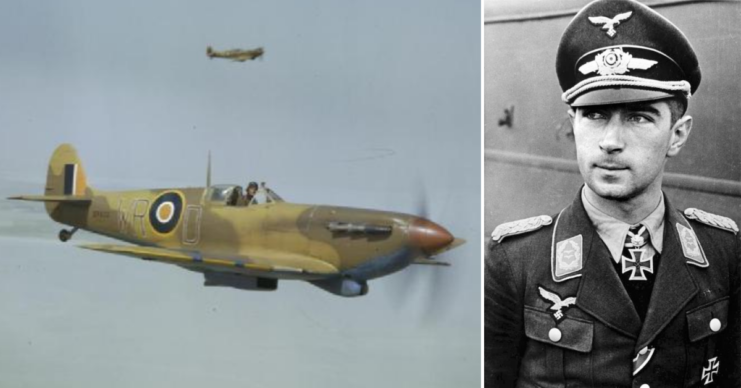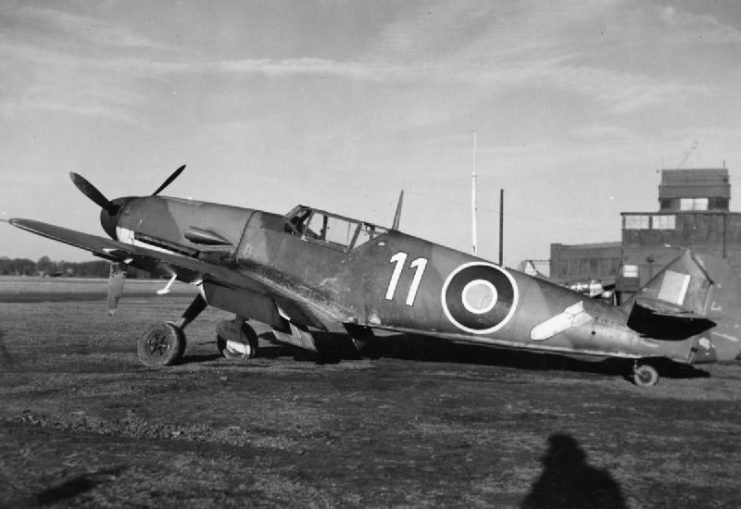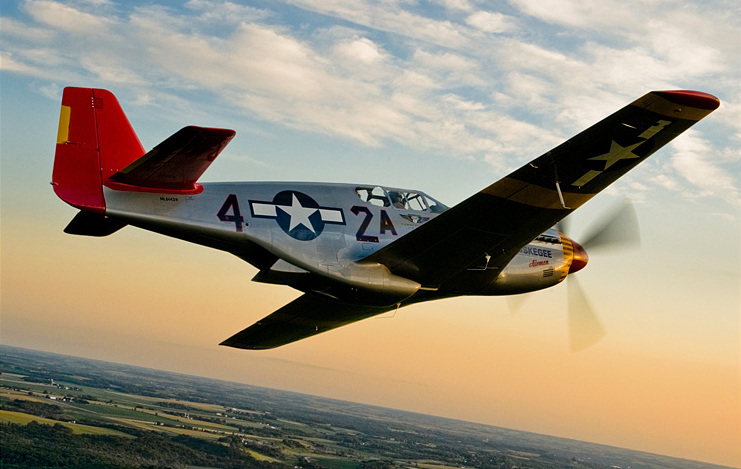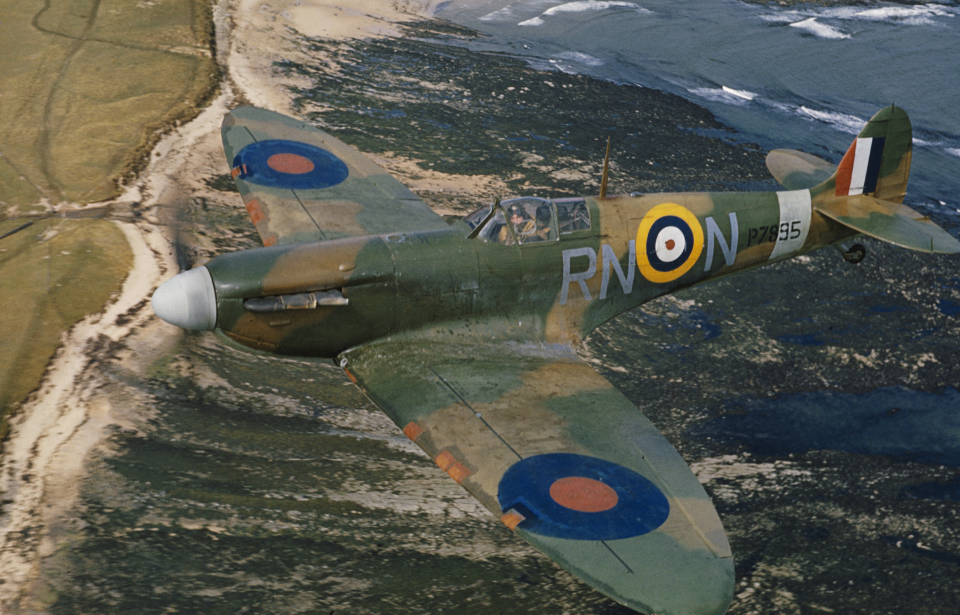WWII saw the global pace of aircraft development rapidly increase, starting with simple lightweight piston engine airframes and culminating in jet-powered aircraft. Today, the debates about what aircraft a particular model could beat, or versus battles between two aircraft like the Spitfire and Bf 109 are massively popular. With 80 years since these aircraft fought one another, though, it’s hard to actually establish which were best.
During the war, the nations involved had the same questions: What were the enemy’s aircraft like? Were they faster? More maneuverable? Easier to fly? Knowing the answers to these questions was incredibly important, as it meant they could counter any advantages and exploit any weaknesses. Usually, the only way to look at their opponents’ aircraft was at crash sites, so it was a huge moment when they were able to get their hands on a working aircraft.
The Germans didn’t think too highly of the Spitfire
German pilot Major Werner Mölders tested both the Supermarine Spitfire and Hawker Hurricane. Mölders was a fighter ace and the first pilot ever to achieve 100 kills. When he flew the British aircraft, he was happy with their handling, but as an overall fighting machine, he didn’t rate them very highly.

George Greenfield, a tour guide at the RAF Museum, quotes Mölders as saying: “It was very interesting to carry out the flight trials at Rechlin with the Spitfire and the Hurricane. Both types are very simple to fly compared to our aircraft, and childishly easy to take off and land. The Hurricane is good-natured and turns well, but its performance is decidedly inferior to that of the Me 109. It has strong stick forces and is ‘lazy’ on the ailerons.
“The Spitfire is one class better. It handles well, is light on the controls, faultless in the turn, and has a performance approaching that of the Me 109. As a fighting aircraft, however, it is miserable. A sudden push forward on the stick will cause the motor to cut; and because the propeller has only two pitch settings (takeoff and cruise), in a rapidly changing air combat situation the motor is either overspeeding or else is not being used to the full.”
British opinions of the Bf 109
The British tested German aircraft too, including the Messerschmitt Bf 109 and Focke-Wulf Fw 190. Interestingly, while the British pilots found the Bf 109 to be a nice aircraft to fly below speeds of 250 mph, they believed it was inferior to their own aircraft, contrasting Mölders’ opinion: “In general the flying qualities of the aeroplane are inferior to both the Spitfire and the Hurricane at all speeds and in all conditions of flight.”

This shows that the pilots from both sides were not only slightly biased, but were also judging their opponents’ aircraft on unfair metrics. The Luftwaffe employed tactics that involved diving down onto a target, firing a brief burst of machine gun and cannon fire, before disengaging with a steep climb or dive. The Bf 109 excelled at this.
When rating the Spitfire on how it performed in these situations, it admittedly would perform poorly, especially with the engine cut-outs that plagued Merlin-powered aircraft when under negative Gs.
The Spitfire was designed for more conventional dogfighting and outclassed the Bf 109 at this. Although arguably this tactic was not the best when it came to taking down other aircraft. Hurricane ace Tom Neil remarked, “All you needed was to go like a bat out of hell, clobber the other fellow and keep going. The 109 was very good at that.”
Like the Germans did with the Spitfire and Hurricane, when the British looked at the Bf 109, they failed to account for the tactics it would perform.
They didn’t like American aircraft much either
The Germans were also able to obtain American aircraft throughout the war, including P-47 Thunderbolts, P-38 Lightnings, and P-51 Mustangs. German fighter ace Walter Wolfrum, a recipient of Nazi Germany’s highest award, the Knight’s Cross of the Iron Cross, was able to test out some of the American aircraft.

Wolfrum said, “During the war, I had the opportunity to fly captured P-47s and P51s. I didn’t like the Thunderbolt. It was too big. The cockpit was immense and unfamiliar. After so many hours in the snug confines of the 109, everything felt out of reach and too far away from the pilot.
“Although the P-51 was a fine airplane to fly, because of its reactions and capabilities, it too was disconcerting. With all those levers, controls and switches in the cockpit, I’m surprised [their] pilots could find the time to fight.
More from us: 1940s LVT Buffalo Dug Up In Remarkable Condition In The UK
Want War History Online‘s content sent directly to your inbox? Sign up for our newsletter here!
“We had nothing like this in the 109. Everything was simple and very close to the pilot. You fitted into the cockpit like a hand in a glove. Our instrumentation was complete, but simple: throttle, mixture control, and propeller pitch. How [the] pilots were able to work on all their gadgets and still function amazes me.”
